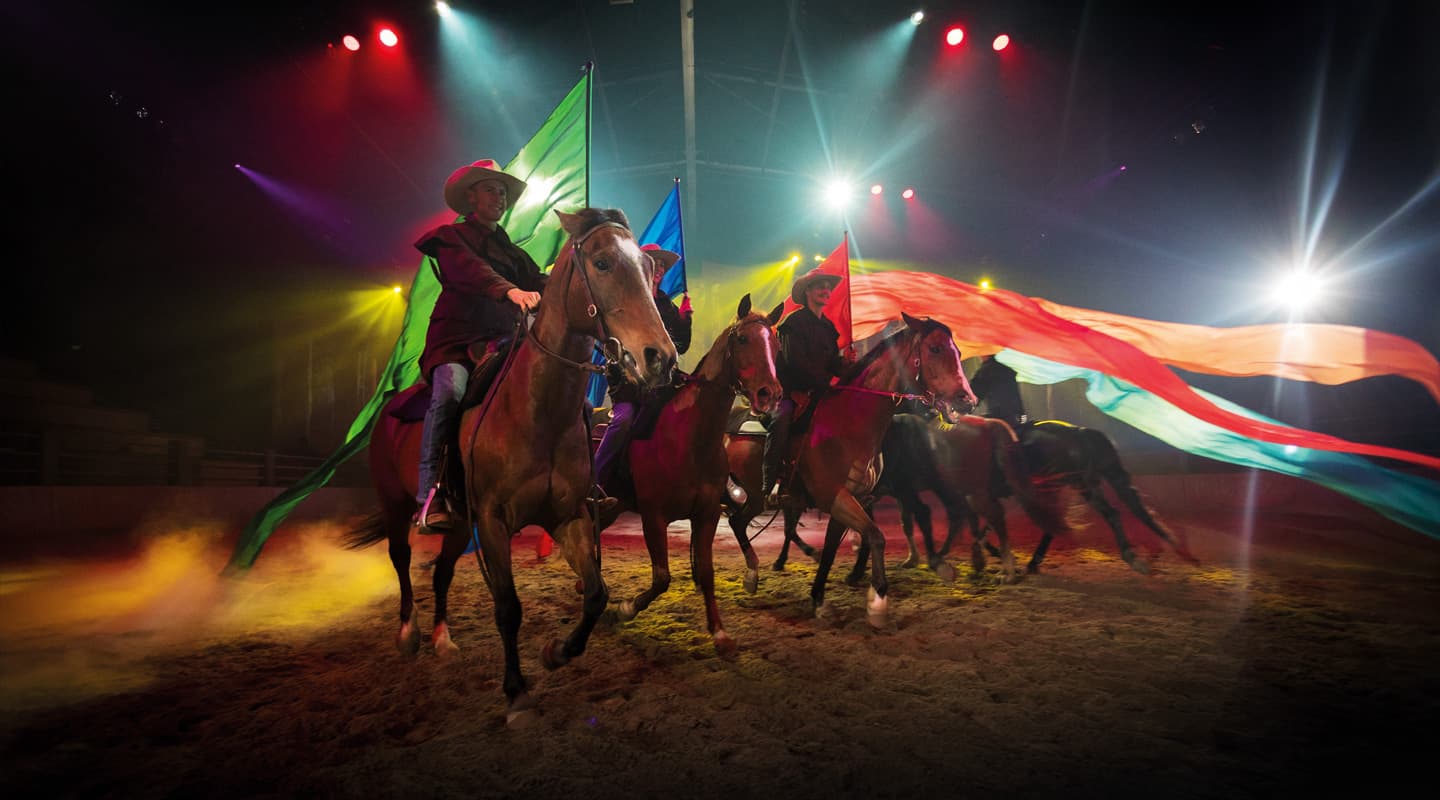
Saddling Up
Australian Outback Spectacular’s ‘Heartland’ is the new theme park show featuring an all-new immersive Meyer Sound system. So what makes it special, and why does it sound so darn good?
Text:/ Derek Powell
Australian Outback Spectacular is one of Village Roadshow’s suite of themed attractions, located between Wet’n’Wild and Warner Bros. Movie World on the Gold Coast.
Like previous productions, ‘Salute to the Light Horse’ and ‘High Country Legends’, Australian Outback Spectacular’s ‘Heartland’ show offers patrons a sit-down meal while they watch an original musical theatre performance featuring spectacular live action sequences with horses, cattle and working dogs that introduces the audience to life on an outback cattle station.
While production values have always been high, this new show ramps things up technically with a fully immersive Meyer Sound audio system and enhanced projection mapping across the arena elevating the entertainment to the standards of a top Las Vegas show or Cirque du Soleil-style event.
OUTBACK BACK STORY
The story behind the upgrade is complicated and starts nearly four years ago when management began looking for a new system to replace the competent, but decade old, original PA. The venue is unique. The purpose-built arena, some 60m long by 40m wide, has an oblong sand floor with raked audience seating in a horseshoe configuration on three sides.
The existing audio rig, installed when the venue was built, consisted of a series of line arrays ranged above the performance space that provided reasonable coverage, but had a number of limitations. Being a mono rig, there was no way to localise the sound source, so often the audience was unable to determine which performer was speaking or singing as the story unfolded across the vast stage. Something new was needed for audiences who were, by now, used to immersive audio experiences like Dolby surround.
Chris D’bais, then BDM with Meyer Sound Australia, recalled the original meetings with Australian Outback Spectacular (AOS) technical management.
“The venue originally had line array hanging very low so they were taking up a lot of real estate. Moving to a point source solution not only cleaned up the sightlines and greatly reduced the weight loading on the grid it also gave us much better coverage across the seating area.”
“For our demo,” Chris continued, “we actually went in and we set up point source loudspeakers to do the whole end of the horseshoe — whereas we were told that all of our competitors just did one seating bank.
“We decided to hang six boxes around the whole corner because we wanted to show them the smoothness of the UPQ dispersion across the entire width of the horn. It’s very important because the old system used to have a lot of dead spots when walking from left to right – you’d be in coverage and out of coverage.””


DISCREET AUDIO IS DISCRETE
Chris revealed that considerable time had been spent designing and redesigning the potential audio solution. “We wanted the system to be discreet and above all of the show elements because there’s a helicopter that flies in and tracks all the way down stage,” he noted. We also wanted the UPQ-3Ps to be as close to the seats as possible because the old system was far into the on-stage arena so when there was a vocal, it didn’t feel present enough.”
Despite the demo going well, the investment was deferred. But the potential for improvement had made a good impression on the technical staff. Later, after his appointment with Meyer Sound USA, AOS made contact with Chris. The timing was right as the creative development team had just started work on the new show that would become Australian Outback Spectacular’s ‘Heartland’.
Chris outlined what happened next: “I did a presentation and explained what Spacemap is; and what D-Mitri is; and went through the process of how you design a show and how important it is to get on board early with the creative and development team.” Chris was already thinking along the lines of an immersive system — one that could take advantage of Meyer Sound technologies like Spacemap that can provide proper localisation of a live performer located anywhere in the arena.
By this stage Audio Brands had taken on the Australian distribution of Meyer Sound and helped maintain momentum: “We invited the creative development team down to Telstra in Sydney [the theatre at the Telstra Customer Insight Centre] where we have Spacemap and Constellation,” Chris continued. “I remember after the demo the conversation went from discussing a simple one-for-one replacement of a mono system to ‘how do we make a Spacemapped immersive system happen?’. The discussion became very solution based.”
MORE AUDIO HORSEPOWER
AV Asia Pacific was treated to an exclusive technical tour of the 60m x 40m, 1000-seat venue with Brendan Shipley – Audio Engineer/Show Control Technician for the Australian Outback Spectacular & Village Roadshow Theme Parks.
The show that runs every night features a cast of singers, actors and stunt performers. The singers perform live, and to add to the complexity, a lot of the action happens on horse-back. Live sound from the cast is mixed on a Digico SD9 console and comes via 10 channels of Sennheiser 9000 series radio mic systems. Brendan noted that they trialled a number of radio mics in the demanding and dusty arena environment before settling on Sennheiser HSP4s
“After testing the HSP4 mics we didn’t look at anything else,” Brendan Shipley said. “Sennheiser specifically designed it for Pink and she’s been using it touring the world. It’s a vocal, even an operatic, performance mic and it also doubles as a speech microphone. It’s omnidirectional. It’s easily cleaned. Sennheiser has gone above and beyond with their technology and it just works for us.”
But the 10 live performance mics are just the start. There are over a thousand separate audio tracks, music, effects and atmosphere that go into each performance. How they were created, programmed and replayed is another story.
“The sound designer, Kingsley Reeve, essentially had two performance spaces,” Brendan explained. “He created a performance space that would come from inside the arena out into the audience and from above and behind he developed a full 360° atmospheric effect that could put the audience right in the middle of outback Australia at night.”
“We wanted to do something completely different, to embrace the technology and really push the arena to its maximum capabilities”

NEW THINKING
Implementing the possibilities the system offered required a fundamental shift in thinking. Instead of Kingsley providing a single, fully-mixed sound track, he provided a series of music stems and individual effects tracks that were loaded into Meyer Sound’s Wild Tracks Audio Playback unit. Along with the major music tracks came spot effects like gunshots and some atmospheric effects such as crackling flames for the campfire. Then, working with contractor John Taylor from JTAP (who was the integrator and Meyer Sound CueStation programmer) they created hundreds of individual cues that placed each sound exactly where it was needed for each scene.
The description of each scene and each individual spot effect is programmed in Q-Lab running on a Mac computer. As the show progresses, the audio operator triggers each cue in sequence from the Q-Lab list. Q-Lab initiates the lighting changes, fires off the video replays and communicates via Open Sound Control (OSC) commends with the Meyer Sound D-Mitri DCP that handles audio playback, processing and system routing that changes per scene or cue.
Within D-Mitri, a Wild Tracks module stores and replays each audio track on cue. Within Meyer Sound’s CueStation software, individual Spacemaps are created, allowing each track or live mic to be precisely positioned in space according to the requirements of each scene and sent to the selected speakers – UPQ-3Ps, 750-LFC subs, or Ashby-5C surrounds – each with a level and delay setting that positions them in the arena.
That’s why you get this depth,” noted Chris D’Bais. “Because you’re hearing so many different sounds it’s not flat, it’s not mono, and you’re actually hearing the dynamics and the separation between each little element Kingsley decided to choose. In terms of programming, it took three weeks. We might spend hours on one song because the show is going to run for three years and you want it to be perfect.”
SPECTACULAR RESULTS
Brendan runs the show night after night and he summed up the achievements of the technical crew behind the new show. “We wanted to do something completely different, to embrace the technology and really push the arena to its maximum capabilities,” he declared.
As I listened to the show from different positions around the arena, I had to agree: mission accomplished.
We covered AOS in AV Issue 8 back in 2009 where we reported on the end wall projection system.
FULL IMMERSION: THE AUDIO DESIGN
The new sound solution design emerged gradually as Chris worked with the Meyer Sound design services team to develop exactly the right coverage. The primary sound is provided by 16 newly released UPQ-3P 80° by 80° point-source boxes, with one speaker in front of each seating bay providing stereo coverage to every seat. Complementing the UPQ-3P is a total of eighteen 750-LFC subwoofers. Directly above each seating bay hang three Meyer Sound Ashby-5Cs in custom black pendants — 39 in all. The Ashbys provide the immersive effects — everything from crickets to whip-bird calls — with each speaker individually addressable, effectively providing a 39-channel surround environment to add to the 16 channels (plus subs) of front of house sound. Sound effects can be moved front to back or left to right all the way around the entire arena. A huge benefit to this design is that it effectively futureproofs the venue, ensuring complete flexibility both now and for any future show.
Audio Brands Australia (Meyer Sound): (02) 9659 7711 or www.audiobrands.com.au
EQUIPMENT HIGHLIGHTS
Meyer Sound Main System Loudspeakers:
16 × UPQ-3P Compact Wide Coverage Loudspeakers (Main Loud Speaker)
18 × 750-LFC Compact High-Power Subwoofer (Main Subwoofer)
39 × Ashby-5C Compact Loudspeaker (Overhead effects)
6 × UP-4XP Compact Loudspeaker (Bio monitor & VIP Area)
2 × MM-10XP Compact Subwoofer (VIP Area)
Loudspeaker Management, Array Processing & Remote Monitoring:
1 × Galileo Galaxy
6 × D-mitri
4 × MPS-488
1 × RMServer
Mixing Console:
Digico SD9
Show Control:
Q-Lab4
Projection (Arena Floor):
8 × Christie Boxer 2K30 systems + lenses
1 × Christie Mystique (auto alignment) Pro Venue Edition Software with Camera system
4 × Pandoras Box Quad Player Systems
1 × Pandoras Box Compact Player
1 × Pandoras Box Manager & Widget Designer Software
Wireless Audio:
Sennheiser 9000 with 10 × HSP4 headworn mics
TECH TEAM
Sound Design: Kingsley Reeve
Audio System Design: Chris D’Bais (Meyer)
Audio Design & CueStation Programming: John Taylor
CueStation Programmer: Jamie Muller (JTAP)
Systems Integration: Jason Lea (AMPD Electronics)
Automation System Design: David Fish (Theatre Safe Australia)
Lighting Design: David Walters
Lighting Programming: Shannon Barclay
Projection System Design: Tyson Niepelt (Customised Technical Solutions)
Projection Programming: Clinton Dulieu

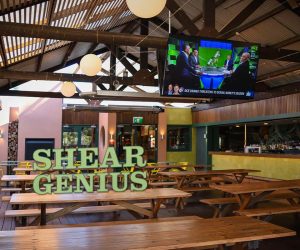
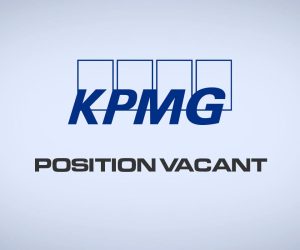

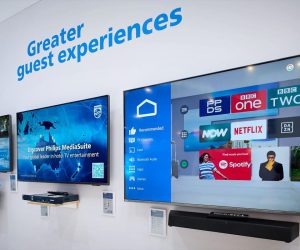



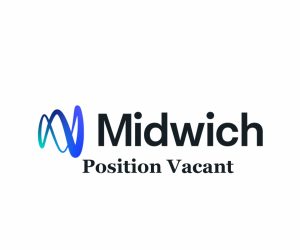
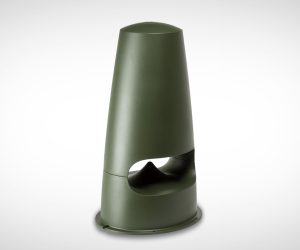





RESPONSES